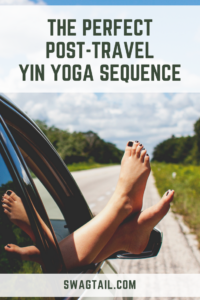 The thrill of adventures call us to explore a world outside our home, and yet being on-the-go can take a toll on our bodies. Long periods in a seated position are often required on a journey. This can result in spinal compression and weakened muscles. This post-travel yin yoga sequence is designed to offset these unwanted anatomical affects, and leave your mind feeling just as blissed out as you were while exploring the unknown.
The thrill of adventures call us to explore a world outside our home, and yet being on-the-go can take a toll on our bodies. Long periods in a seated position are often required on a journey. This can result in spinal compression and weakened muscles. This post-travel yin yoga sequence is designed to offset these unwanted anatomical affects, and leave your mind feeling just as blissed out as you were while exploring the unknown.
Steve and I recently drove down to Lake Tahoe, California for mini-getaway. The 2.5 hour drive wove us through mountain meadows, sprinkled with horses and cattle. Small towns, with populations less than 100, also greeted us with their intimate charm. We ate lunch Truckee and then played a round of golf at the difficult Squaw Creek Resort (at which we lost about a dozen golf balls between us). Despite our challenges, we were surrounded by strikingly steep mountaintops and the quiet in this historic Squaw Valley.
After the round, we had planned to venture down the west shore of Lake Tahoe to camp overnight. However, we both looked at each other and said (almost simultaneously), “want to just go home?” I realize that might make me sound a bit lame. Steve hadn’t slept the night before, and somehow the call of our own bed just sounded more delicious at the moment. So, with the long summer evening ahead, we headed back north on the same ribbony mountain highway.
After unpacking the necessities from the van, and cleaning up for bed, I hit the floor. Nothing feels better after 5 hours of driving and 4 hours of golf than a deep, leisurely stretch. This post-travel yin yoga sequence is what transpired. I hope you enjoy it as much as I do!
PHOTO CREDIT: Erik Odiin
WHY STRETCH AFTER SITTING?
Our human body is made up of over 360 joints and 700 muscles that help us move in a wide array of configurations. Through body movement, our vascular and nervous systems operate properly and efficiently. This wellbeing can be stalled when seated for long hours.
The effects of being seated for long periods of time:
- Hip flexor shortening
- Spinal disk compression
- Low back and erector spinae muscles tightness
- Poor circulation
- Lung compression from forward-hunching posture
- Digestive and circulatory restriction
You can offset these conditions by:
- Strengthening your core and glutes. An active, strength-building practice can be a wonderful way to bring energy to your body, especially if you still have lots of waking hours left in your day after being seated (such as a overnight flight that arrives in the morning).
- Stretching the hip flexors, pelvis, and chest. While you might be seated for much of the travel components of your journey, there is still a lot of movement in the process. This movement correlates to the vata element. Thus, taking time to be still, and stretch, can counter this airy element.
- Moving often. Get up and walk, stretch, and change positions of your body as often as you can. Just like our drive to and from Tahoe was broken up by walking a beautiful golf course, so too can you intertwine movement with your stationary components of travel.
- Supporting your head. If your cell or laptop, or other electronic device joins your on your adventure, your head and neck get strained in the forward position. Instead, take time to lean back, support your neck, and keep your head in a neutral position above the spine. This might even mean taking time away from your devices for portions of your trip.
- Organizing a travel kit to give some TLC to your muscles and joints. If you know you’ll be away from your regular routine for a while, you can keep some simple items with you for support.
SUGGESTIONS FOR THE SEQUENCE
This post-travel yin yoga sequence is a great way to bring the body and mind back to the moment. Whether you find yourself back at your house, or a home-away-from-home, use this simple routine to discover balance again.
Suggested Props:
- Block(s)
- Blanket(s) or towel(s)
- Socks (a great way to keep yourself warm, as vata is also associated with cool temperatures)
- Comfortable clothes (Bundle up to keep yourself cozy during this more passive practice)
- Bolster and strap (optional)
Keep in mind that yin poses are taken at about 50-70% of your maximum stretch capacity. Be easy with yourself, and be okay with a lesser version of these postures. Also, I do recommend various props here, which might make this sequence a cross between restorative and yin yoga. Listen to what your body needs, and support yourself as needed.
Pranayama:
When you start your practice in savasana, allow the body to breathe itself here. Trips and adventures, no matter how full of spontaneity and freedom, often do have many elements of planning and structure. Do away with that here and notice the wisdom of the body to take care of itself with its natural breathing pattern.
For the remainder of the sequence, do the best you can to find evenness of breath. You might count the length of each inhale, and consciously try to make the exhale the same length. Equanimity is the key here, so use whatever method necessary to bring that peacefulness to the mind via control of the breath.
START IN SAVASANA
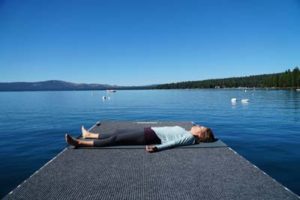 Purpose: Ideally, if movement has been a significant part of your travel experience, then being still in savasana already begins to counter that movement.
Purpose: Ideally, if movement has been a significant part of your travel experience, then being still in savasana already begins to counter that movement.
Length: 2-5 minutes
Additional Support:
- Place blanket behind the knees
- Take the arms wide to allow the breath to fill the lungs
- Bend the knees, and bring feet to the floor (bridge pose prep) if want additional low back support to begin.
To transition out of the pose, step the back foot forward to come in to dangling pose, or uttanasana, again.
POSTURE 1: BANANASANA
Purpose: If the spine gets compressed while sitting, this posture aims to lengthen both sides of the body and thus elongate the spine. This lateral bend is like a reclined version of ardha chandrasana. Adding the arm bind also opens up the shoulders from a sustained hunch position while seated.
Length: 3-5 minutes each side
Additional Support:
- Keep the legs uncrossed and the arms by the side.
- Take cactus arms to continue expansion of the breath, without the intensity of arms behind the head.
- Place a blanket roll underneath the knees for additional support.
Counterpose: Pause for 3-5 rounds of breath before moving to the second side of this same pose.
POSTURE 2: DEER POSE
Purpose: Deer pose is a fantastic way to address mobility in the hips because one leg is internally rotated while the other is externally rotated. Both actions often get ignored while seated for long periods of time. Time in this posture is designed to open up blood flow in other ranges of motion for the hips, apart from the flexion of the quadriceps in many confined seated quarters.
Length: 3-5 minutes each side
Additional Support:
- Place blocks under the bolster if the floor seems too far away
- Stay more upright, with hands on the floor, if the bolster seems too low.
Counterpose: Dandasana, or shake out the legs.
POSTURE 3: VIRASANA
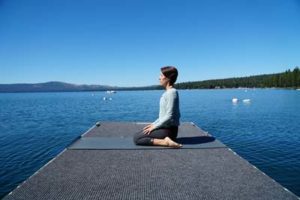 Purpose: This kneeling pose not only keeps you close to the ground, but it provides a stable base from which the spine can extend upwards. Virasana also stretches the thighs, knees, and ankles after they have become stiff from being in a car (or airplane seat, or even long hours at a computer). This pose can be very intense, so if not experienced with it, then vajrasana could be a better option for you or your students.
Purpose: This kneeling pose not only keeps you close to the ground, but it provides a stable base from which the spine can extend upwards. Virasana also stretches the thighs, knees, and ankles after they have become stiff from being in a car (or airplane seat, or even long hours at a computer). This pose can be very intense, so if not experienced with it, then vajrasana could be a better option for you or your students.
Length: 3-5 minutes each side
Additional Support:
- Place a block or bolster under the sitting bones to raise the floor and decrease the intensity of the stretch.
- Roll a towel or blanket and place it under the ankles for additional support.
- Keep the feet active by pressing the tops of the feet into the floor. This will help to support the knees in this pose.
Counterpose: Extend both legs out in front of you and shake them side to side. You can also bend the knees and take windshield wiper pose.
POSTURE 4: TRIANG MUKHA EKA PADA PASCHIMOTTANASANA
Purpose: This posture often is known as Eka Pada Paschimottanasana and it translates to three limbs face west pose. By keeping one leg in virasana, the quadriceps on that leg continue to lengthen. By extending the other leg, the hamstrings and low back elongate. It also tones the abdominal muscles in a passive way and stimulates digestion (which could negatively be affected when sitting for long hours).
Length: 3-5 minutes each side
Additional Support:
- Place a blanket, block, or bolster under the sitting bones. However, if doing this, it can also be helpful to place support underneath the knee of the extended leg. This prevents hyperextension, since the leg is not supported by the ground.
- Use a bolster or other prop to support your head if it does not reach your extended leg. This will help keep your mind calm, especially if this practice is done before bed.
Counterpose: Shake out the legs, or use windshield wipers again.
POSTURE 5: SUPTA VIRASANA
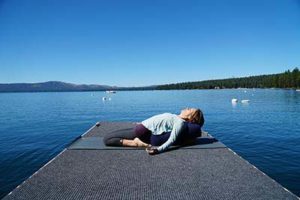 Purpose: Since the quadriceps have already been lengthened in the previous two poses, the body will be more ready to recline and intensify that stretch. The psoas and iliacus, both muscles that get tight when seated, also elongate here. As a bonus, the spine extends and the heart opens. Please note, if the knees are uncomfortable here for long periods of time, taking another gentle backbend, like bridge or supported bridge, might be a nice option.
Purpose: Since the quadriceps have already been lengthened in the previous two poses, the body will be more ready to recline and intensify that stretch. The psoas and iliacus, both muscles that get tight when seated, also elongate here. As a bonus, the spine extends and the heart opens. Please note, if the knees are uncomfortable here for long periods of time, taking another gentle backbend, like bridge or supported bridge, might be a nice option.
Length: 5-7 minutes
Additional Support:
- Place as many props behind the back so that reclining is comfortable.
- Use a blanket roll behind the knees to lessen the bend at the joint.
Counterpose: Find your way to Dandasana, or staff pose. Take a few rounds of breath there before moving on.
POSTURE 6: PASCHIMOTTANASANA
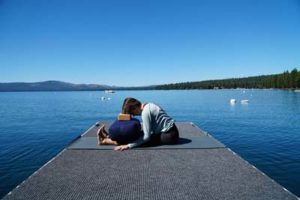 Purpose: West (back)stretching pose allows the entire back body to re-lengthen after hours seated, including the erector spinae, hamstrings, gastrocnemius, soleus, and achilles tendon. I stayed for 10 minutes in this sequence, as I know my back body was so tight after golf and driving. You might stay less, but focus more on keeping the heart extended and the spine long than folding deeper into the pose.
Purpose: West (back)stretching pose allows the entire back body to re-lengthen after hours seated, including the erector spinae, hamstrings, gastrocnemius, soleus, and achilles tendon. I stayed for 10 minutes in this sequence, as I know my back body was so tight after golf and driving. You might stay less, but focus more on keeping the heart extended and the spine long than folding deeper into the pose.
Length: 5-10 minutes
Additional Support:
- Sit on the edge of a blanket to ensure the pelvis is tilting forward.
- Bend the knees generously to alleviate tension there.
- Use props underneath the head to alleviate any tension in the neck.
Counterpose: Return to Dandasana for a minute.
POSE 7: SUPTA BADDHA KONASANA
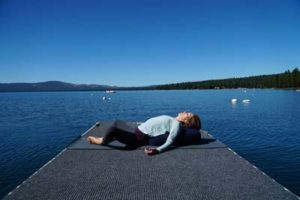 Purpose: Reclined angle pose opens the adductors and counterbalances the internal rotation of the hips in the previous virasana-related postures. By placing a bolster behind the back, and perhaps a blanket roll behind the neck, you can move from more of a yin experience into a restorative one and thus let the body find a deeper level of relaxation. Supporting the back also allows the spine to remain in a neutral alignment. This further opens up the lungs for breathing.
Purpose: Reclined angle pose opens the adductors and counterbalances the internal rotation of the hips in the previous virasana-related postures. By placing a bolster behind the back, and perhaps a blanket roll behind the neck, you can move from more of a yin experience into a restorative one and thus let the body find a deeper level of relaxation. Supporting the back also allows the spine to remain in a neutral alignment. This further opens up the lungs for breathing.
Length: 5-7 minutes
Additional Support:
- Move the feet away from the sitting bones to lessen the external rotation of the hips.
- Place blocks under the knees for support.
- Extend the legs out long if you wish to remove the h
END IN SAVASANA
 Return to corpse pose and observe the changes made in the body as a result of the static poses held over the last 30-60 minutes. Stay here for as long as you’d like, supported by the ground beneath you. If you’re done with your day, see how seamlessly you can transition to your bed. If more of your day is to come, take a seated pose after your rest. This can help bring the equanimity of the mind and body into whatever activities remain in your day.
Return to corpse pose and observe the changes made in the body as a result of the static poses held over the last 30-60 minutes. Stay here for as long as you’d like, supported by the ground beneath you. If you’re done with your day, see how seamlessly you can transition to your bed. If more of your day is to come, take a seated pose after your rest. This can help bring the equanimity of the mind and body into whatever activities remain in your day.


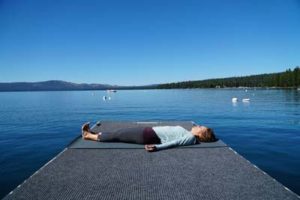
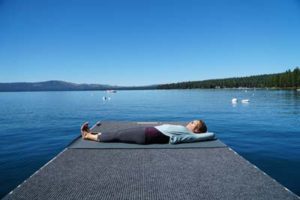
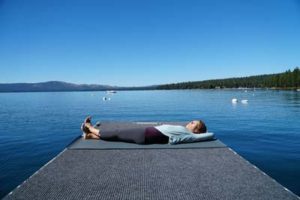
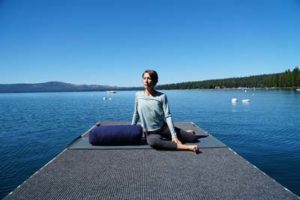
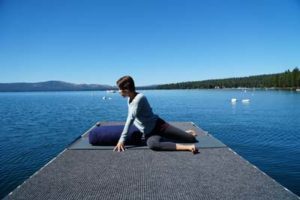
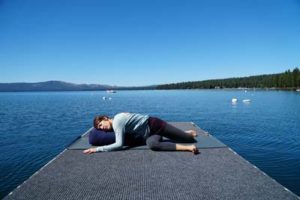
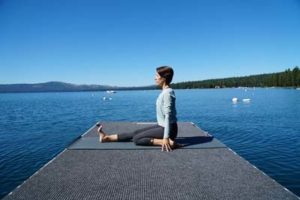
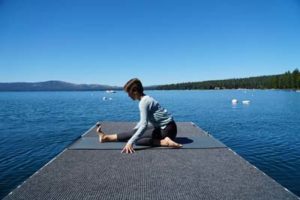
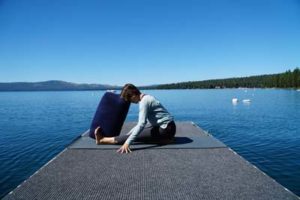
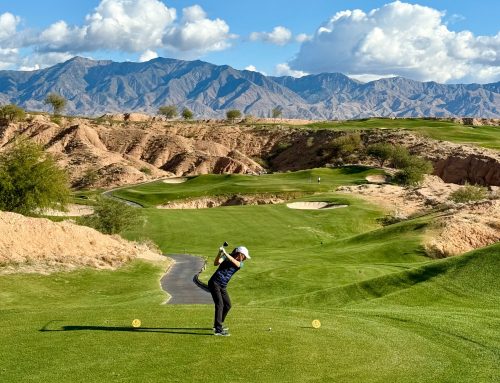
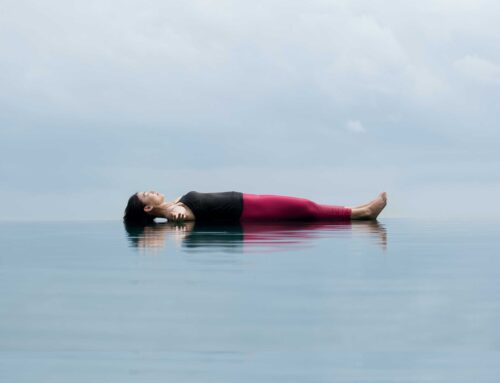

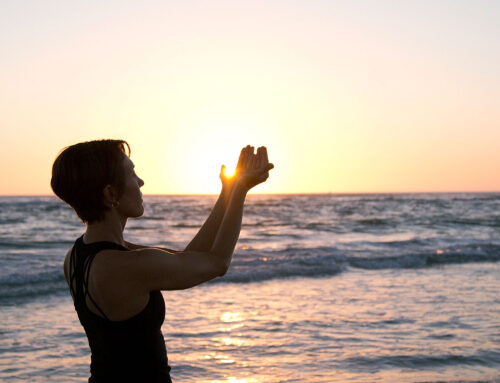
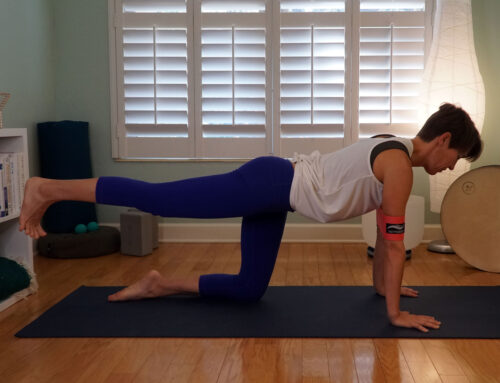
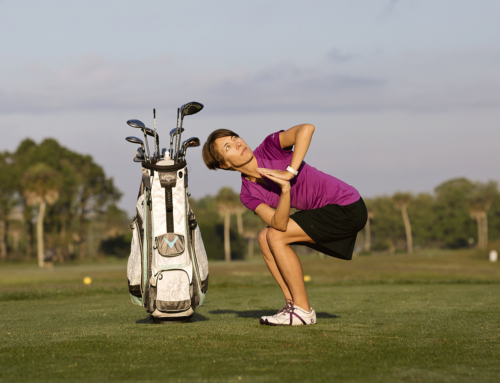
Leave A Comment